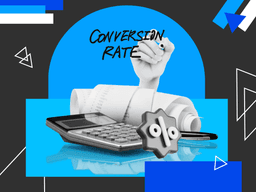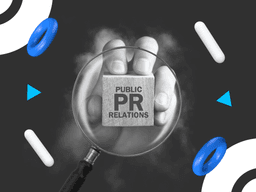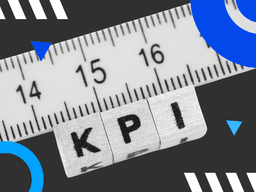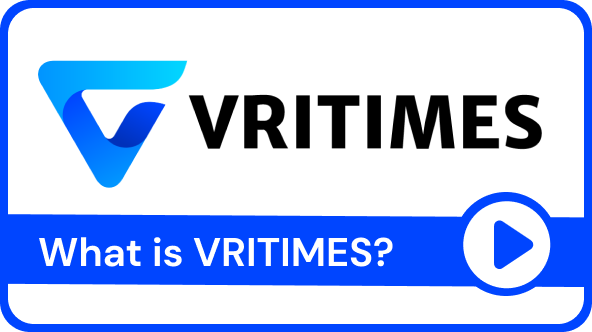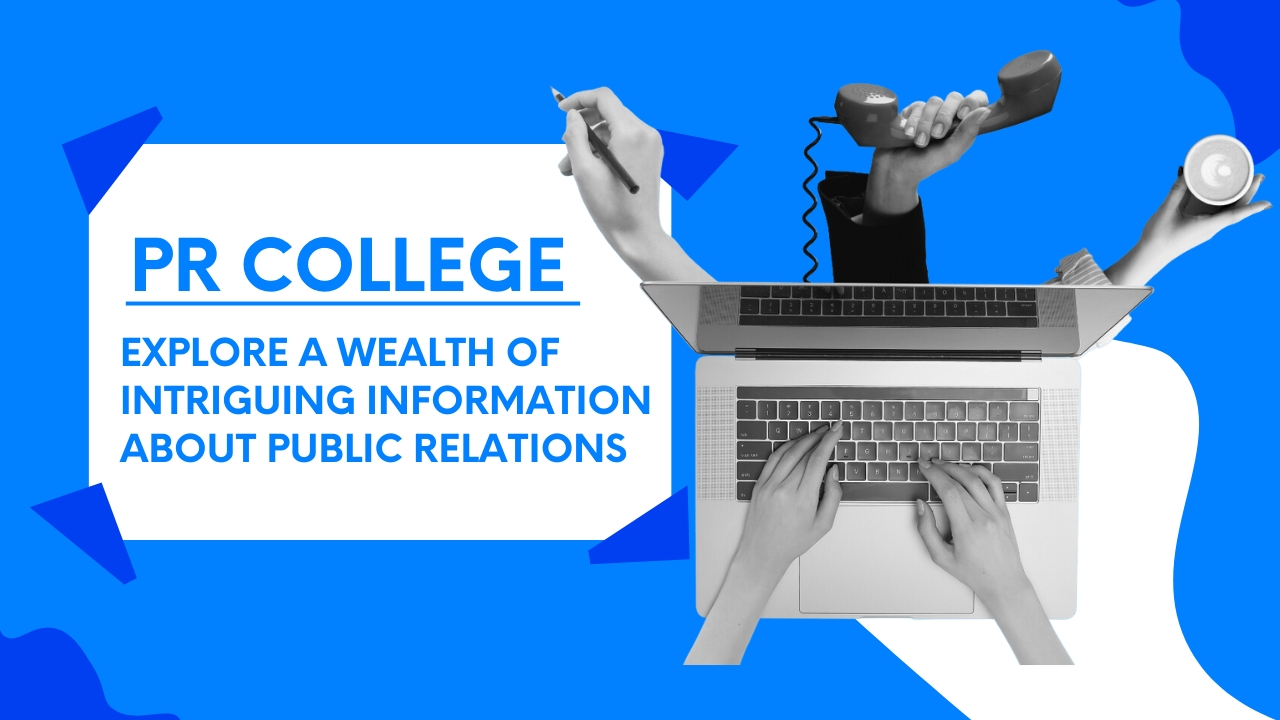/ 7 Metrics to Measure the Success of a Press Release Campaign
7 Metrics to Measure the Success of a Press Release Campaign

After creating a great PR campaign, it is time to measure the success of that campaign. Although it can be a bit tricky, every campaign needs to be measured accurately to determine its value.
Doing so will give you the knowledge to create a better campaign next time. This does not mean that your last campaign was always bad. But the goal is to create a better campaign than the last one, even if it was already good.
7 Metrics to Measure the Success of a PR Campaign
Before you start measuring, remember the goal of your PR campaign. It may be to raise awareness, create a good image, or something else. This will help you with the measurement below:
1. Mention
This metric shows how many times your brand name, tagline, product or service has been mentioned online in a given period of time.
If your goal is to increase brand awareness, you can look at the number of mentions as an indicator. But if you want to create a good brand image, you also need to see what people are saying about your brand to find out if it is on target or not.
2. Website Traffic
Nowadays, when people notice something, they tend to search the related website in a search engine. Therefore, website traffic is an important metric.
You can use Google Analytics to analyze traffic. This includes bounce rate, referrals and qualified leads, which will let you know where your potential customers are coming from and whether they like what they see on your website or not.
3. Sentiment
This metric is about how your potential customers feel about your PR message. Based on the words they use, there are 3 types of sentiment: positive, negative and neutral. Use sentiment analysis tools like Talkwalker, MonkeyLearn, and Lexalytics to analyze the language and topic people are discussing.
High positive sentiment scores indicate campaign success. It means that people are not only spreading messages about you, but they are also happy with your message. High negative sentiment numbers, on the other hand, are a sign of crisis. You need to modify your campaign to maintain your brand reputation.
4. Social Media Engagement
Social media is a great place to engage with your audience. This includes likes, comments, shares, saves, and retweets. You can measure this metric using reports from each social media platform.
For example, Instagram offers insights for business and creator accounts where you can see not only engagement, but also the reach of each piece of content. This will let you know what type of content is most effective.
5. Backlink
Backlink is a link on a website that points to another website. Search engines consider backlinks as votes of popularity for websites. More backlinks can increase your credibility and send referral traffic to your website.
However, a good backlink comes from a website with a high domain authority score and is placed organically in content with relevant anchor text. This will increase your domain authority score and get you organically ranked higher than your competitors.
6. Impression
Impression is a widely accepted way to measure any form of PR campaign. Impression is the total number of times a person has seen the content.
For example, if a person reads a press release 5 times, it makes 5 impressions. A high number of impressions means that people find your content important. Therefore, they read or view your content again and again.
7. Sales Statistics
PR goals can be different. However, when it comes to measuring return on investment (ROI), sales are the ultimate proof of effectiveness. It may not be an immediate spike, but it is great to see a gradual increase over time.
This metric helps you understand your
and their demographics, such as: their age, gender, geographic area, etc. This will give you a direction of when, where and to whom to serve your campaign.
Conclusion
Measuring PR campaigns is an important process because it will let you know if you have achieved your campaign goals or not. It also allows you to evaluate what you did right and what you did wrong. This way, you will be able to create better PR campaigns next time.




